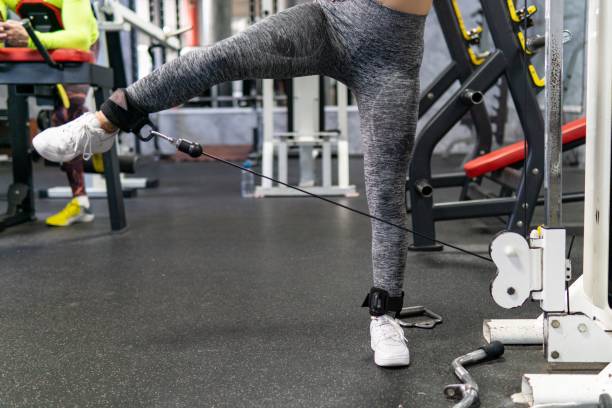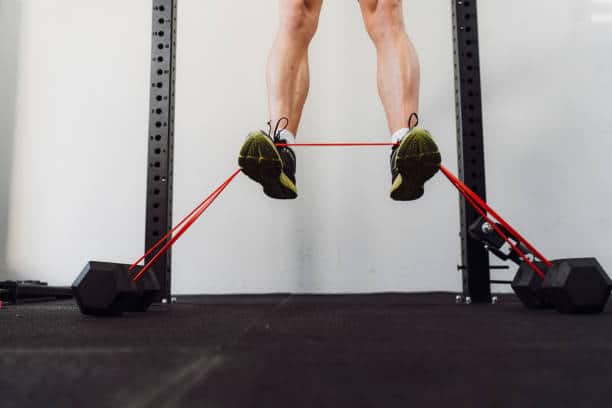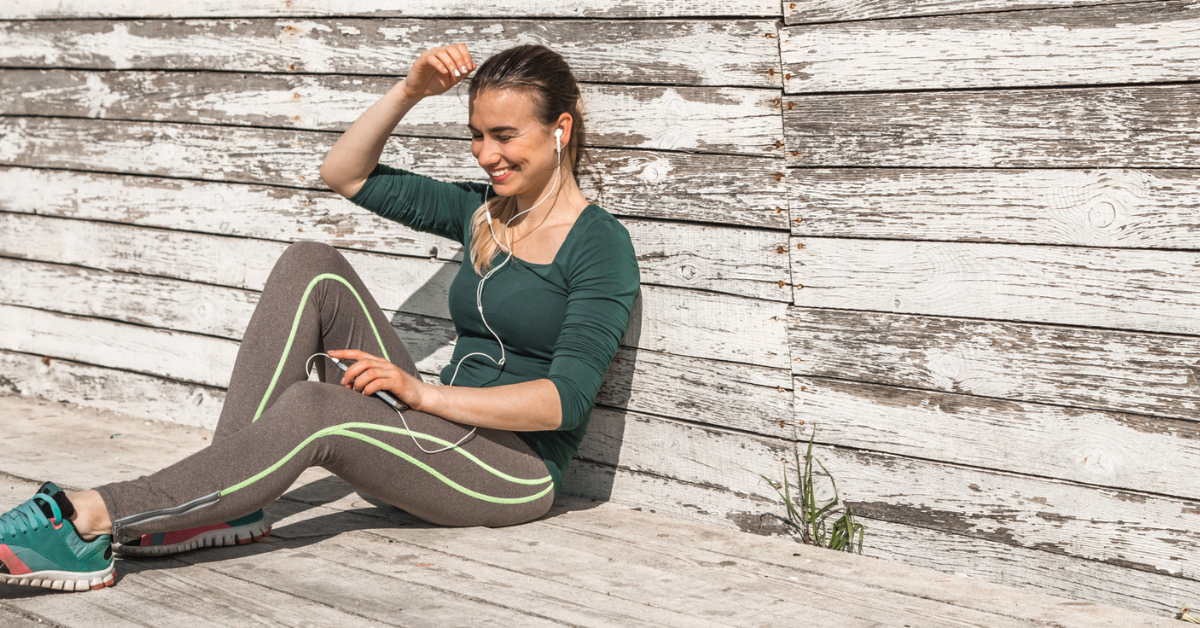
Effective Lower Trap Workout Tips for Strength
Did you know that focusing on your lower traps can significantly boost your overall strength and posture? The lower trapezius, often overlooked, is essential for stabilizing your shoulders and enhancing upper body balance. By integrating a lower trap workout into your routine, you can see notable improvements in both your performance and muscle development.
In this guide, we’ll explore practical tips to make your lower trap workouts more effective. From enhancing muscle engagement to refining your strength training, we’ll cover everything you need to know.
Let’s get started and take your fitness journey to the next level!
Understanding the Importance of Lower Trap Strength

When it comes to maintaining shoulder health, focusing on your lower traps is essential. These muscles play a vital role in ensuring proper movement and stability, which is crucial for avoiding slumped shoulders and a rounded back. By incorporating lower trap exercises, you can significantly enhance your shoulder stability and posture.
Strengthening your lower traps is also key to injury prevention. Weak lower traps can cause imbalances that put extra strain on other parts of your shoulder and upper back, which increases the risk of injuries. Regularly including lower-trap workouts in your routine helps reduce this risk and supports overall shoulder health.
Additionally, your lower traps work closely with your core muscles to enhance balance and stability. This teamwork is important not just for functional movements but also for strength training.
Many people mistakenly overlook the importance of lower trap exercises, but doing so can lead to shoulder issues down the road. By consistently targeting these muscles, you’ll improve not only your shoulder health but also your overall body stability.
Best Lower Trap Workout Exercises

Targeted lower trap exercises are essential to building strong, defined lower traps, so make sure to include them in your regimen. These exercises improve overall upper body strength, shoulder stability, and muscular activation.
Now, let’s explore some of the top exercises that will yield the best outcomes.
Prone Y Raises
Prone Y Raises are a great way to activate the lower trap muscles directly. The lower traps, which are essential for improved posture and shoulder workouts, are especially activated and strengthened by this exercise.
Face Pulls
Face pulls are an excellent way to increase shoulder stability and scapular retraction. Face pulls combined with resistance training will help you build overall upper body strength and specifically target your lower traps.
Dumbbell Shrugs
The popularity of dumbbell shrugs stems from their ability to develop the entire trap muscle effectively. Through regular muscular activation, this workout not only targets your upper traps but also significantly improves your lower traps.
| Exercise | Muscles Targeted | Benefits |
|---|---|---|
| Prone Y Raises | Lower Traps | Enhances muscle activation |
| Face Pulls | Lower Traps, Shoulders | Improves scapular retraction |
| Dumbbell Shrugs | Upper and Lower Traps | Overall trap development |
How to Properly Perform Each Exercise
Acquiring the proper exercise technique is essential to maximizing your training benefits and preventing injuries.
I’ll guide you through the appropriate form for three essential lower trap exercises in this session. These pointers will guarantee that your training sessions are productive regardless of whether you’re using resistance bands or dumbbells.
Prone Y Raises: Step-by-Step Guide
The Prone Y Raise is excellent for targeting the lower traps, but it’s essential to get the technique right. Here’s a step-by-step guide:
- Lie face down on a bench with your arms extending out in a Y position.
- Keep your thumbs pointing up towards the ceiling.
- Slowly lift your arms upwards, squeezing your shoulder blades together.
- Hold the position for a count of two and lower your arms back down.
Make sure your movements are controlled to maximize the effectiveness of this exercise.
Face Pulls: Proper Form Tips
Face Pulls are a great way to engage your lower traps. To perfect your workout form, follow these tips:
- Attach a resistance band to an anchor point at chest height.
- Grip the band with both hands, palms facing down.
- Pull the band towards your face, making sure your elbows stay high.
- Squeeze your shoulder blades together as you pull.
- Release slowly and return to the starting position.
Focus on keeping your movements slow and controlled for effective training.
Dumbbell Shrugs: Common Mistakes to Avoid
Dumbbell Shrugs may seem simple, but improper form can lead to ineffective workouts or injuries. Avoid these common mistakes:
- Rounding Shoulders: Keep your shoulders back and down throughout the movement.
- Using Too Much Weight: Start with a manageable weight to ensure proper technique.
- Relying on Momentum: Perform each rep slowly, focusing on the muscle contraction.
By avoiding these pitfalls, you’ll maximize the benefits of your Dumbbell Shrugs and secure a strong lower trap workout.
Effective Lower Trap Workout Routine

Creating a well-rounded workout plan that emphasizes your lower traps can significantly improve your muscular balance and overall fitness. Incorporating targeted lower trap exercises into your weekly routine ensures these crucial muscles get the attention they need. Here’s a guide on how to integrate them effectively. Focus on movements that engage the lower traps through controlled, deliberate motion, such as prone Y-raises or face pulls. Additionally, compound movements like dips can complement lower trap activation, as the dips exercise muscles worked include the chest, triceps, shoulders, and stabilizing muscles in the back. By combining specific isolation exercises with compound lifts, you can achieve a balanced and stronger posterior chain.
Start by blending lower trap exercises with a variety of compound movements. This approach not only strengthens the lower traps but also promotes overall muscle balance and full-body strength. Combining these elements ensures you’re working multiple muscle groups, leading to better overall fitness.
Here’s a sample weekly routine to help you get started. It includes lower trap exercises alongside other key movements. Feel free to adjust the sets and reps based on your current fitness level and specific goals.
| Day | Exercise | Sets | Reps |
|---|---|---|---|
| Monday | Prone Y Raises | 3 | 12-15 |
| Tuesday | Face Pulls | 3 | 10-12 |
| Wednesday | Rest or Light Activity | – | – |
| Thursday | Dumbbell Shrugs | 3 | 12-15 |
| Friday | Compound Movement (e.g., Deadlifts) | 4 | 8-10 |
| Saturday | Compound Movement (e.g., Overhead Press) | 4 | 6-8 |
| Sunday | Active Recovery or Rest | – | – |
This weekly routine provides a balanced approach by incorporating compound movements, such as deadlifts and overhead presses, alongside targeted lower trap exercises. These compound movements enhance overall strength and complement your lower trap work, ensuring a well-rounded workout.
Feel free to adjust the routine to fit your personal needs and fitness level better. It’s important to listen to your body and allow for adequate rest to prevent overtraining and injuries. Adapt and modify the plan as you progress to continue challenging yourself and achieving your goals.
Tracking Your Progress and Adjusting Your Routine
Tracking your progress is crucial when focusing on strengthening your lower traps. By monitoring your fitness goals, you can see the improvements over time. Regularly take photos, track the weights you’re lifting, and observe any enhancements in your posture and strength.
As your lower traps become stronger, it’s important to adjust your routine to keep pushing your limits. This might involve increasing weights, adding more repetitions, or introducing new exercises. Progression is key to continual growth and avoiding plateaus.
Remember, rest and recovery are just as important as your workouts. Your muscles need time to repair and grow, so don’t skip rest days and ensure you’re getting enough sleep. Incorporate recovery practices like stretching, foam rolling, and eating a balanced diet to support your overall progress and success.
FAQ
What are the best lower trapezius exercises for beginners?
Beginner-friendly lower trapezius movements like face pulls, dumbbell shrugs, and prone y raises are excellent. These workouts gradually increase strength by focusing on the lower traps.
How often should I perform lower trap workouts?
It’s normally advised to include two to three lower trap workouts per week in your regimen. This frequency promotes healthy muscular growth and improved posture by allowing for enough rest and recovery.
Why is lower trap strength important for shoulder health?
Because these muscles support appropriate movement patterns and stabilize the shoulder blades, lower trap strength is essential for shoulder health. Robust lower traps can enhance overall stability and lessen the chance of shoulder injury.
Can lower trap exercises help with posture improvement?
Indeed, lower trap workouts are a great way to improve posture. Strengthening your lower traps helps support the muscles that keep your posture upright, which lessens the chance that you’ll slouch or stoop.
What is the proper form for performing Prone Y Raises?
When performing Prone Y Raises, the proper form is to lie face down on a floor or bench, extend your arms overhead in the shape of a Y, and raise them while maintaining a raised thumb position. Aim to contract your lower traps and keep your back from arching.
How do I incorporate lower trap exercises into my workout routine?
Combining compound movements with focused exercises like face pulls, dumbbell shrugs, and prone y raises will help you construct an efficient lower trap workout regimen. For overall balance, try to incorporate these exercises into your weekly regimen in addition to other muscle training routines.
What are some common mistakes to avoid when performing Dumbbell Shrugs?
Overusing weight, which can result in incorrect form, and not fully engaging the lower traps are a few of the common faults. Dumbbell shrugs should be performed correctly by keeping your shoulders back and down, shrugging your shoulders up to raise the dumbbells, and avoiding jerky motions.
How can I track my progress with lower trap workouts?
By keeping note of the weights and repetitions used in each exercise, measuring or taking pictures on a regular basis to observe how your muscles are developing, and noting any changes in your posture or shoulder stability, you may monitor your progress. To keep your muscles challenged, modify your workout as necessary.
Why is rest and recovery important for lower trap workouts?
After an exercise, rest and recovery are crucial because they help your muscles repair and become stronger. You run the risk of overtraining without enough sleep, which might impede your development and cause injuries. Try to allow your lower traps to recover for at least 48 hours in between exercises.



